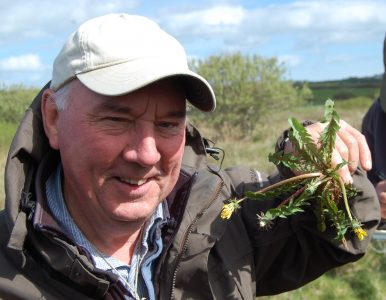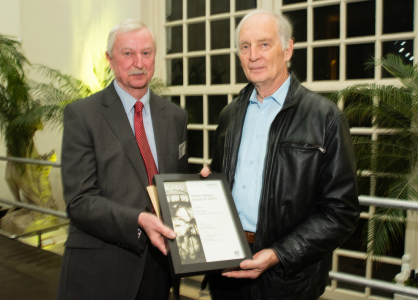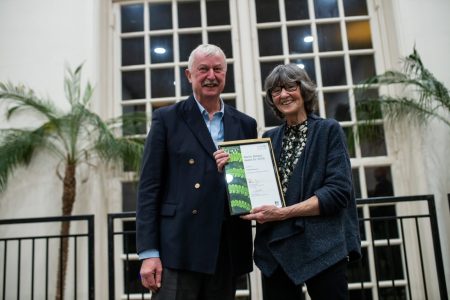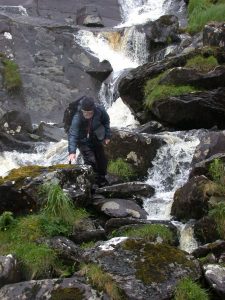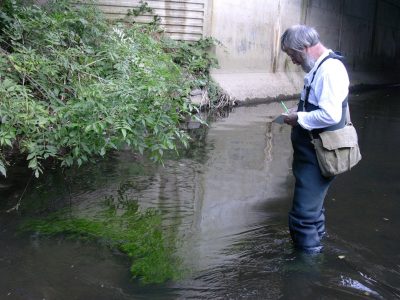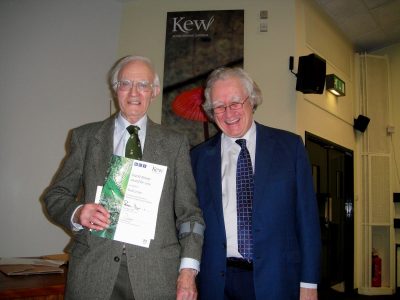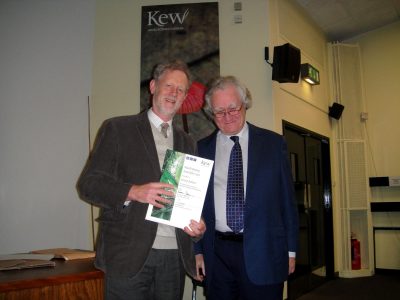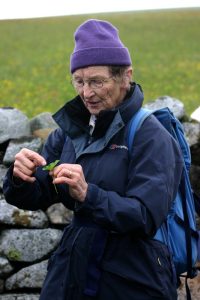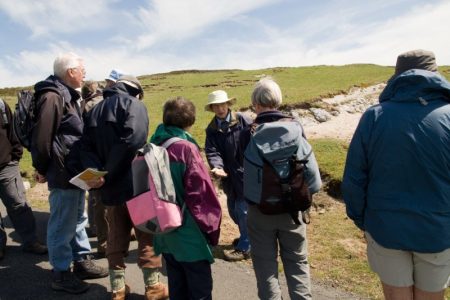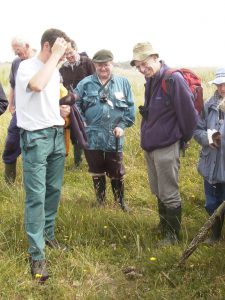John Richards and David McCosh
John Richards
John has 50 years of experience on the taxonomy of Taraxacum species (dandelions). He was author of the first monograph on British dandelions in 1972, co-author of the Botanical Society of Britain and Ireland (BSBI) Dandelion Handbook No.9 in 1997 and the sole author of the Field Handbook to British and Irish Dandelions which was published in 2021. He has been publishing papers on dandelions since the early 1970s, and has named many new species. John also holds the national database of dandelion records, runs annual dandelion field workshops and delivers online workshops in identifying dandelions.
David McCosh
David is an expert on British and Irish hawkweeds, and he started compiling data to map these plants some 40 years ago. David’s database of hawkweed records is the primary source of information on these plants. He was the first author of the first edition of the Atlas of British and Irish Hawkweeds (2011), and more recently, was the first author of the second edition of the Atlas (2018) and joint author of a monograph of two sections of Hieracium in Britain and Ireland (2021). In addition, David has named 27 new taxa of Hieracium.



